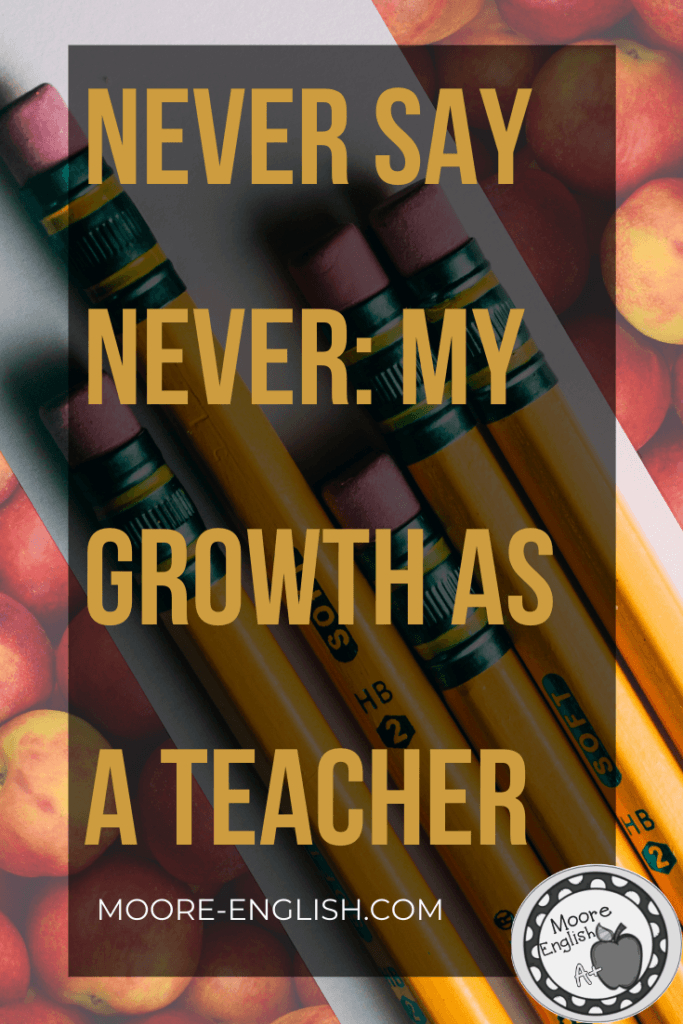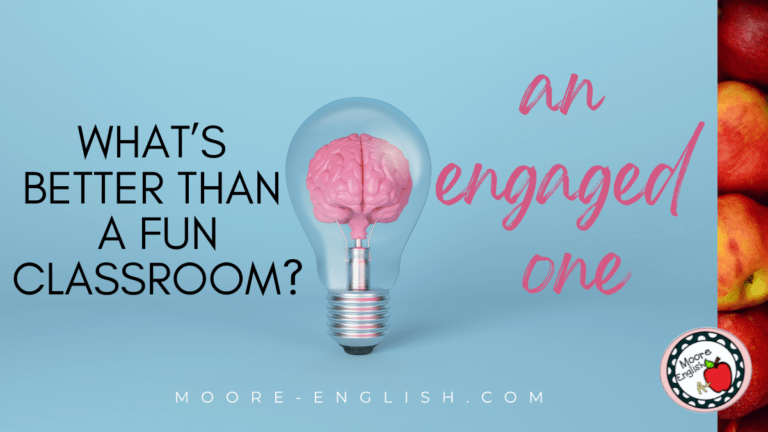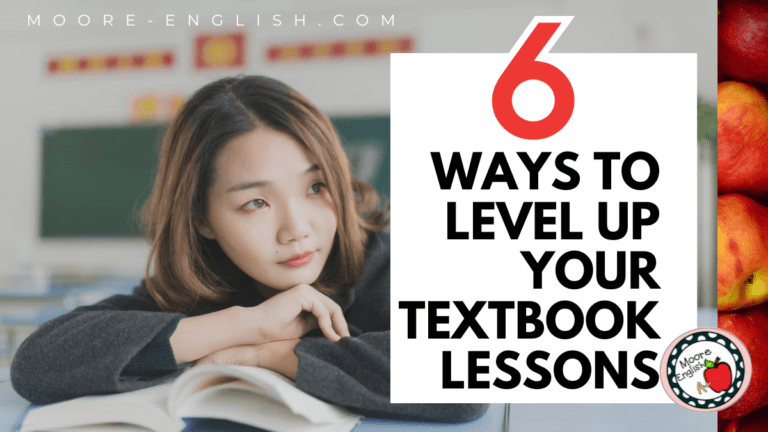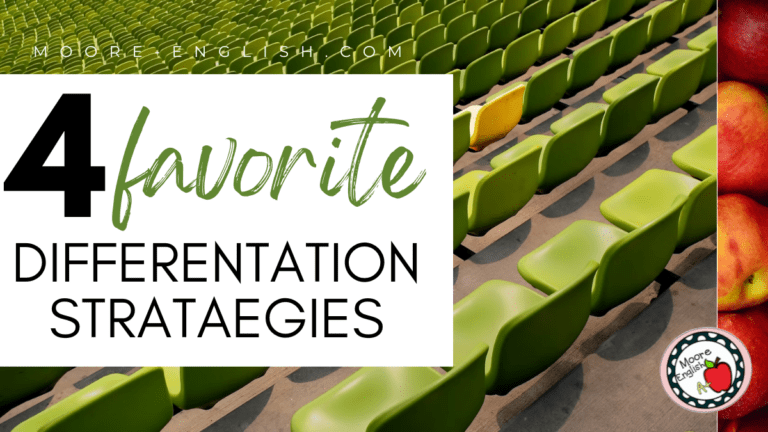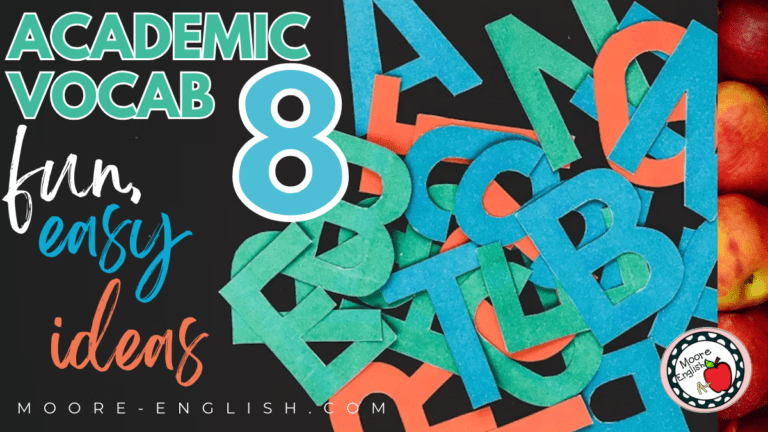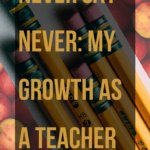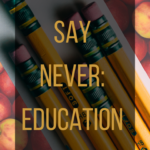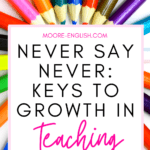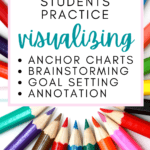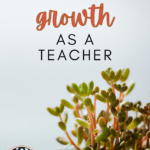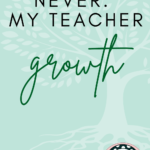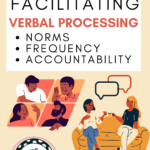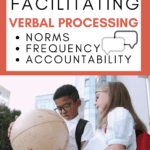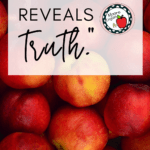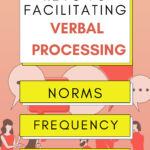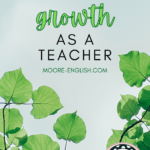Recently, I wrote about the importance of teachers maintaining perspective. At times, educators can get a little tunnel vision. For me, this is happens during the long, cold stretch of the third quarter.
However, experience is the best way to gain perspective. Perspective reveals truth. In fact, perspective has a way of revealing mistakes, misunderstandings, and misconceptions.
For me, some of my greatest teacher misconceptions were laid bare my first year of teaching. There were concepts, strategies, and ideas that I flatly rejected. Things I vowed never to do. Some teaching techniques I viewed as ludicrous and refused to touch.
Let me be clear: this was a terrible attitude. I had no humility. I had never heard of growth mindset. And I barely understood my teacher truth. Such hubris! In an effort to grow from my mistakes, I wanted to share this self-evaluation. Here’s what experience and perspective have brought into my classroom.

This post this post may contain affiliate links. Please read the Terms of Use.
Visualization
As a student, I hated brainstorming. My teacher would give me a graphic organizer. Thus, I would feel limited. For this reason, as a new teacher, I vowed never to include brainstorming or any other visualizing hokey pokey in my teaching. Boy, that was nearsighted!
Actually, visualization is a great way for students to conceptualize content. Education World tells us that visualization is key to reading comprehension. And the National Writing Project points to the importance of visualization in writing. I now incorporate visualizing strategies regularly in my classroom. Here are some of my favorite ways to help students visualize:
- Anchor Charts: As a secondary teacher, my student teaching did little to teach me about using anchor charts. And my introduction to and adoption of anchor charts was slow. But now I use them all of the time. Creating anchor charts together as a class helps students visualize and take ownership of content. Find out some of my favorite anchor charts here.
- Brainstorming: As a student, brainstorming was not my thing. What I didn’t understand is that I was brainstorming. I was making lists and drawing my ideas. However, my teachers limited me to brainstorming with a specific tool. So I felt frustrated and constrained. For this reason, I try not to limit students’ thinking. First, I ask students to help me generate a list of brainstorming techniques. Then, I explain to students that they can use any combination of techniques. All I ask is that students provide me with evidence of brainstorming. I even put together a menu of different brainstorming tools students could use.
- Student Goals: Another thing I hated as a student was goal setting. Setting goals felt purposeless. I knew we would set goals and never revisit them. For this reason, I started incorporating these goal sheets in my classroom. And I made sure that my students revisited their goals regularly. Additionally, I have also worked to help my students visualize their growth. When students see how much they are growing, their intrinsic motivation increases.
Verbal Processing
As a new teacher, I also scoffed at verbal processing activities. I didn’t see the value of techniques like think-pair-share. In part, I didn’t value these strategies because my own teachers didn’t use them well or often enough for them to be meaningful. However, when students are able to process aloud, they are able to work through content. And they start to recognize where they need additional guidance. Here are my tips for facilitating meaningful verbal processing.
Facilitating Verbal Processing: One of the reasons I used to view verbal processing negatively was because my teachers did not use these strategies frequently. The first time students think-pair or turn to their elbow partners, it can be weird. They’re feeling each other out. However, like most habits, the awkwardness disappears with experience. In other words, frequency helps facilitate verbal processing.
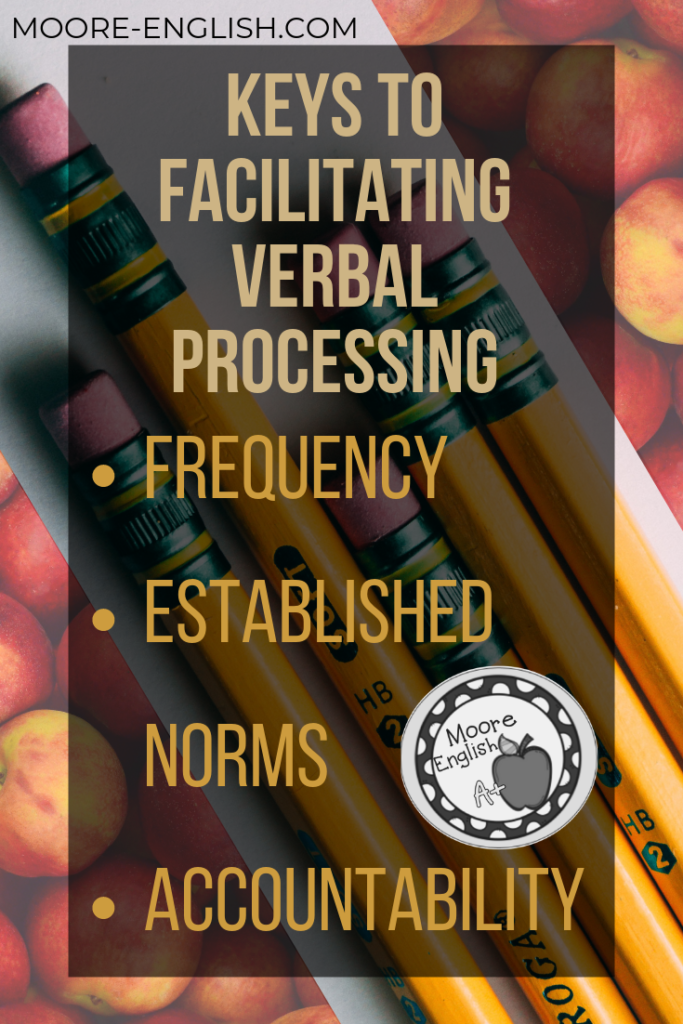
After I model a skill, strategy, or concept, I often ask students to generate a list of insights and uncertainties with an elbow partner. Similarly, established norms (like our list) help students understand what they should take away from a verbal processing session. Finally, accountability helps remind students that they are responsible for this part of their learning. However, accountability does not mean grading. I do not grade verbal processing. Instead, I make sure to be walking around and listening in on student exchanges.
Favorite Strategies
Verbal Processing Strategies: As you can probably tell, think-pair-share and elbow partners are some of my favorite verbal processing strategies. When it comes to verbal processing, teachers do not need to reinvent the wheel. But I do have two variations I like to use:
- Notice and Note: Since my school is emphasizing close reading, our students are using a version of Beers and Probst’s Notice and Note. This gives students a common language across multiple contents. One variation of verbal processing is to have students walk through a text together. Give students one copy of a text but two writing utensils. Ask students to read the text together. They alternate who leaves a notice or a note in the margins. By the time students finish the passage, they have moved beyond Notice and Note. In fact, they have started engaging in a dialogue about the text itself.
- Questions Only: Toward the start of the semester, I do a mini-lesson on writing high-level questions. We then carry high-level questioning into every other unit of study. With this in mind, when we read challenging texts, I ask students to focus on generating questions about the text. After this, students usually end up with a handful of basic questions and loads of high-level questions. As a class, we honor our basic or comprehension questions. To begin, we know they are necessary components of understanding. Then, we tackle our high-level questions. We do this through continued partner work or through a more formal discussion.
Honorable Mentions
Sometimes I have to chuckle about the different ideas I rejected as a new teacher. So it’s my great hope that today’s new teachers are more open minded and humble. I could have mentioned teaching Shakespeare. Or incorporating choice and whole-class novels. Or even grading papers digitally.
What are your never say never teacher moments? Where has your thinking changed and evolved? Let us know in the comments.


